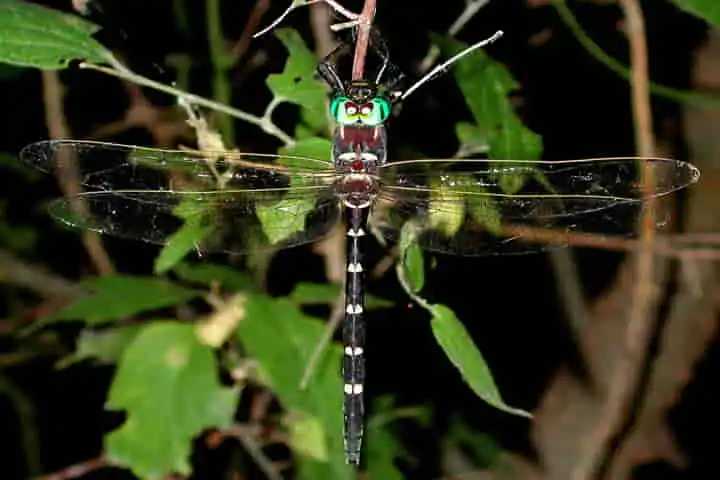The International Union for the Conservation of Nature’s (IUCN) Red List of Threatened Species, has sounded a warning about dragonflies and damselflies as it stated that about a fifth of their world population is at risk of extinction.
As per a report in smithsonianmag.com these insects are dependent on swamps, free-flowing rivers and marshes in order to procreate and exist. They play a pivotal role in the ecosystem of wetlands as they eat the mosquito in their nymph and adult stages while becoming food for fishes and birds.
At present, as per IUCN, the ruination of wetland habitats has led to a decline in the population of these insects. Reporting for the Independent, Holly Bancroft mentioned that of 6,016 damsel and dragonfly species, 16 per cent are at risk of extinction which works out to nearly 962 species.
The reason why wetland ecosystems are diminishing is because of urbanisation and agricultural practices that are not sustainable. From 1900, the world has lost 64 per cent of wetlands. In fact after 1970, 35 per cent of wetland habitat losses have occurred.
Also read: Birds lose weight, increase wing span in response to climate change
The clearing of rainforest and wetland areas for palm oil plantations in Southeast Asia is threatening a quarter of the species while deforestation for residential and commercial structures in Central and South America has led to significant decline in the insect population. Pollutants, pesticides and change in climate in Europe and North America is endangering these insects there too.
In a statement, the IUCN Director General Bruno Oberle said: “Marshes and other wetlands provide us with essential services. They store carbon, give us clean water and food, protect us from floods, as well as offer habitats for one in 10 of the world's known species." The DG added in the statement that wetlands are being lost three times faster than forests.
Following mating, the female species of dragonflies lays its eggs in water as a jelly-like substance or in rotten wood or in plant material like plant leaves and stems. On hatching the new born stays most of its life in water before leaving it for becoming a dragonfly according to the British Dragonfly Society. The golden-ringed dragonfly or Cordulegaster boltonii, for example spends nearly five years in water before turning into an adult dragonfly. The lifespan of the dragonflies as adults can be from a few weeks to months, before they die.
Since a sizeable part of the life is spent in water, the dragonflies serve as sensitive indicators of the state of freshwater ecosystems and are good bioindicator, said Viola Clausnitzer, who is the co-chair of the IUCN Dragonfly Specialist Group, in a statement.
Suggesting the ways to conserve these insects Clausnitzer remarked: "To conserve these beautiful insects, it is critical that governments, agriculture, and industry consider the protection of wetland ecosystems in development projects, for example, by protecting key habitats and dedicating space to urban wetlands.”
Also read: Mexico’s mysterious Red Mangroves reveal how rising sea levels can hit environment
Those who are part of the IUCN Red List include the sombre goldenring or Cordulegaster bidentata which has been listed as near threatened. In the vulnerable category are the yellow-and-black–striped splendid cruiser or Marcomia slendens and the purple skimmer or Libellula jesseana, with a lilac-coloured body and fluorescent orange wings.
Listed as endangered are the orangeback Hawaiian damselfly or Megalagrion xanthomelas and the San Francisco forktail or Ischura gemina while the giant sprite or Pseudagrion bicoerulans is listed as vulnerable.
The Red List tracks 142,577 animal species of which 40,084 face threats of extinction.




















